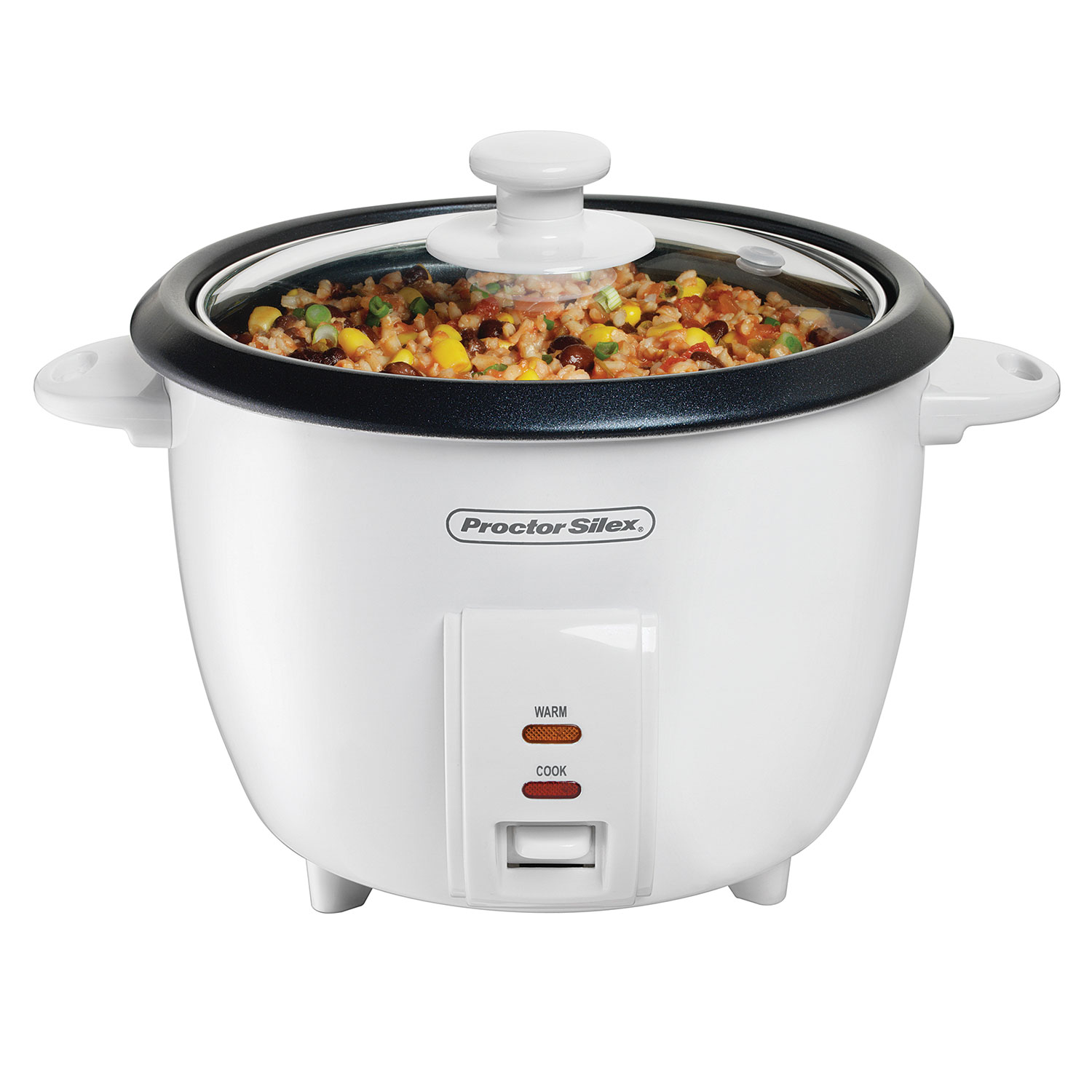
Rice isn’t just rice. There are numerous varieties, each with unique characteristics and cooking requirements. Jasmine, Basmati, Arborio, or Brown rice – understanding your rice type will help you adjust the water ratio and cooking time. For instance, brown rice usually needs more water and longer cooking times than white rice.

Rinsing rice before cooking can remove excess starch, preventing the grains from turning overly sticky. Although some rice types like Basmati benefit more from rinsing, it’s a good practice for all varieties. Remember, rinse until the water runs clear!
The water-to-rice ratio is crucial for perfectly cooked rice. Too little water and your rice could end up dry and undercooked; too much, and it might be overly soft and mushy. A general rule is 1:1 for white rice and 1.5:1 for brown rice, but it’s worth checking the instructions on your rice package or rice cooker manual.
After the rice cooker turns off, resist the temptation to immediately fluff and serve the rice. Allow it to rest for 10-15 minutes. This waiting period lets the moisture redistribute, resulting in evenly cooked and fluffier rice.

Opening the lid during cooking allows steam to escape, potentially disrupting the cooking process. Patience is key – keep that lid closed until the cooking cycle is complete!
Most rice cookers come with a ‘keep warm’ function. It’s perfect for maintaining your rice at the optimal temperature until you’re ready to serve. Just remember not to leave rice on this setting for too long, as it can dry out.
Your rice cooker isn’t just for rice. You can use it to steam vegetables, cook quinoa, or even make a cake. The possibilities are endless, so don’t be afraid to experiment.
Understanding your rice cooker can make a significant difference in your cooking. With these tips, you’ll be able to consistently make great-tasting rice and explore new culinary possibilities. So go forth, explore, and enjoy the simplicity and versatility of your rice cooker!
